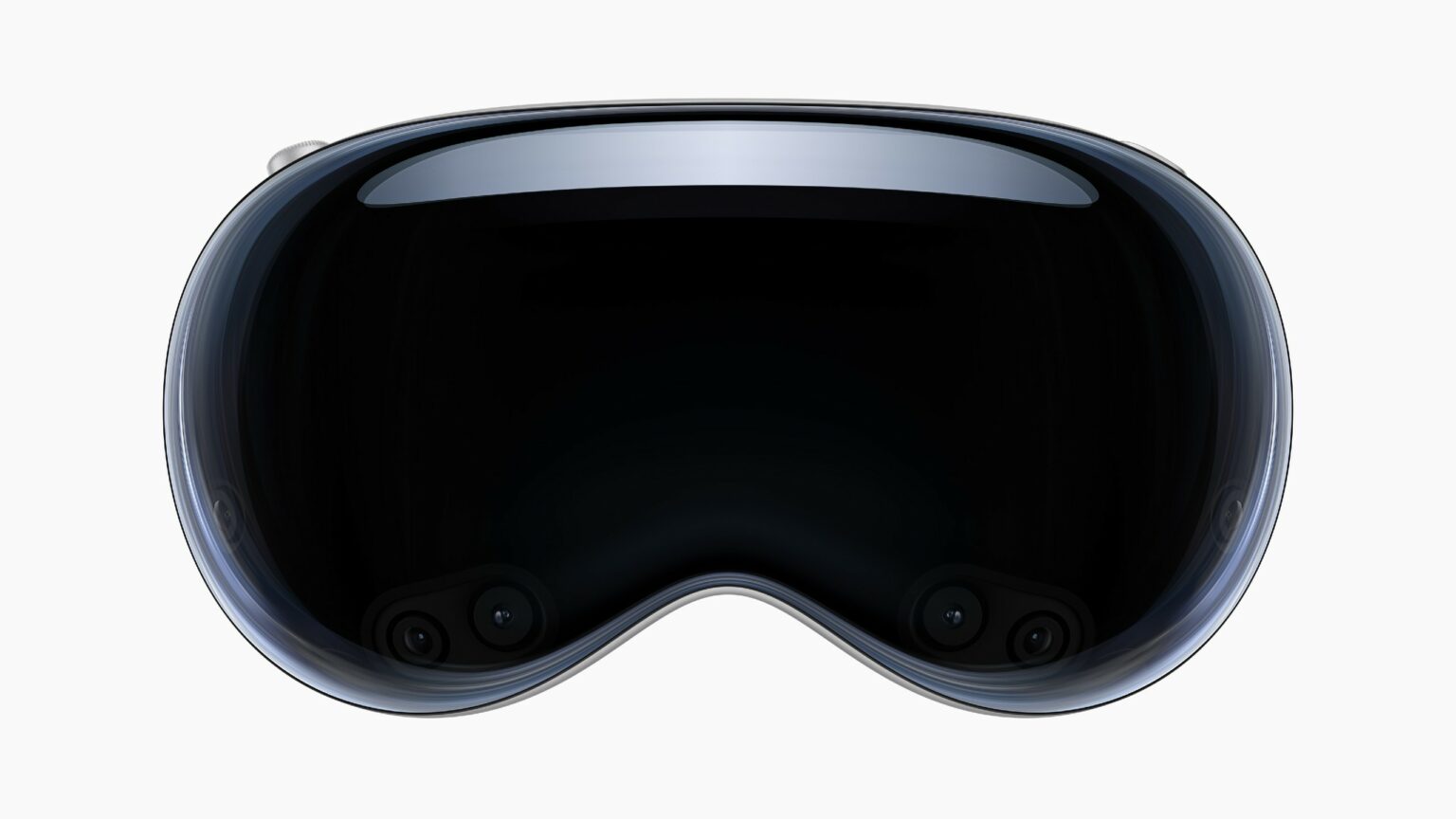Apple is entering the metaverse market with its Vision Pro mixed-reality headset. Apple CEO Tim Cook unveiled the product at the Worldwide Developer Community on Monday.
Previous Apple products such as the iPhone and Apple Watch have proved to be transformative in their respective sectors. Now there is speculation on whether Apple can repeat the same trick in the virtual realm.
Apple enters the metaverse
Apple CEO Tim Cook described the launch of its first VR headset as a day “years in the making” on Monday.
The announcement was the grand finale of the ‘Worldwide Developer Community’, an event held annually by Apple to announce new products and tech.
“This is a day that’s been years in the making – one that I’ve really been looking forward to,” said Cook.
“I believe that augmented reality is a profound technology. Blending digital content with the real world can unlock experiences like nothing we’ve ever seen. So today I’m excited to announce an entirely new AR platform with a revolutionary new product.”
The arrival of Apple on the metaverse scene is being touted as a game-changer, delivering the sort of industry impact that the company has offered in other sectors.
Cook added, “in the same way that Mac introduced us to personal computing and iPhone introduced us to mobile computing, Apple Vision Pro will introduce us to spatial computing.”
Welcome to the era of spatial computing with Apple Vision Pro. You’ve never seen anything like this before! pic.twitter.com/PEIxKNpXBs
— Tim Cook (@tim_cook) June 5, 2023
Vision Pro details and specifications
The new Apple VR headset is an ultra-high-end device composed of glass, carbon fiber, and aluminum. There are no controllers to accompany the device. Everything is controlled by eye movement, voice, and gestures.
Vision Pro will retail from $3,499 (suggesting potential higher-end options) and it is expected to be available early next year.
Vision Pro blends both augmented reality (AR) and virtual reality (VR). One particular quirk of the Vision Pro is that it also has both inward and outward-facing display screens. This allows the Vision Pro to broadcast the user’s eyes as they use the device.
During AR usage the VisionPro broadcasts the person’s eyes in real-time. During VR or “immersive” usage the outward screen broadcasts a screensaver-type image, allowing others in the room to know whether they can interact with you or not. Apple dubs this feature EyeSight.
Vision Pro is powered by two chips. The M2 and R1. The M2 is tasked with running regular software while the R1 will process extended reality.
Inside the Vision Pro are two 4K resolution screens. There is also a snap-in prescription lens system for people who require glasses. The Vision Pro is too slim to allow for the wearing of glasses.
Vision Pro will further support many of the existing apps that Apple customers are already familiar with including Camera, Contacts, FaceTime, Mail, Messages, Music, Notes, Photos, and Weather.
Some trade-offs persist
Apple is pulling out all the stops to create what it hopes will be the best mixed-reality headset on the market. There are still some trade-offs with the technology in its current form.
Powering two high-end processors will mean that the Vision Pro only manages around two hours of battery life. There have also been reports that the high computing demands of the device mean that it is prone to overheating – especially when running multiple apps.









 and then
and then